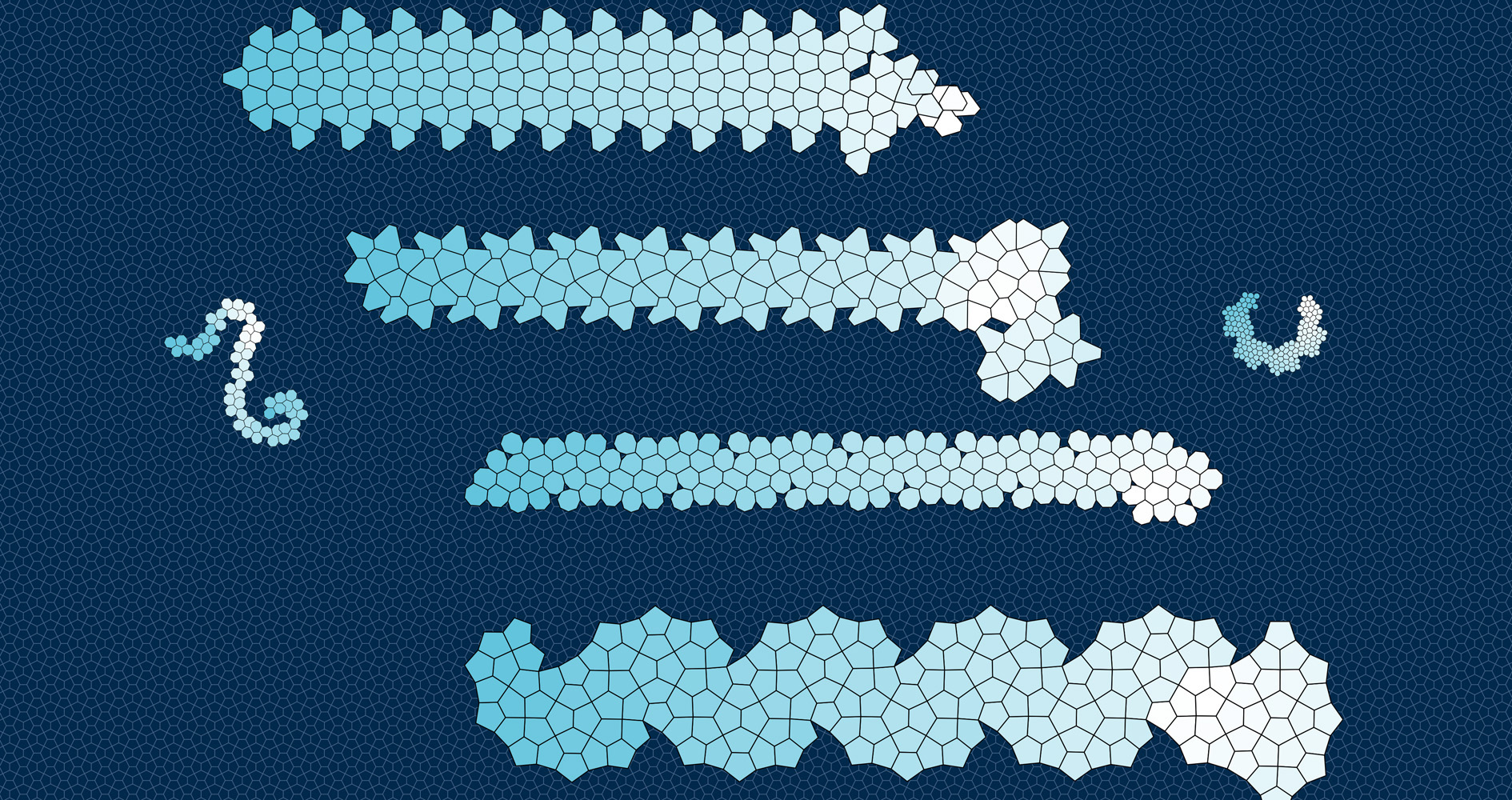UChicago News
Alzheimer’s disease results from a dysfunctional stacking of protein molecules that form long fibers inside brain cells. Similar stacking occurs in sickle-cell anemia and mad cow disease.Scientists know these orderly fibers develop from a wide variety of molecules, but could there be a common reason they form?
In new research, physicists at the University of Chicago and Université Paris-Saclay suggest that such protein fibers are a manifestation of a general physical principle. And that principle offers the possibility of new medicines and tools for engineering desirable protein structures. The findings were published earlier this month in Nature Physics.
“We have strong evidence that there’s a principle shaping how things aggregate that can be used both to understand disease and modify it and to make things self-assemble in a way that we dictate,” said co-author Thomas Witten, the Homer J. Livingston Professor Emeritus of Physics at UChicago.
Proteins aggregate all the time. But mostly they make amorphous blobs similar to those in egg drop soup. “We’re trying to find out what makes some molecules assemble to form a fiber instead of a glop,” Witten said.
The proteins that form fibers are identical but irregular; they don’t fit together cleanly. Witten and his collaborator Martin Lenz, a researcher at Université Paris-Saclay, wondered if that irregularity might hold a key to fiber formation. Using computers, Lenz, lead author of the study, devised a mathematical model to simulate how identical but ill-fitting objects would clump together. He used pentagons and other simple polygons to represent the irregular, fiber-forming proteins.
“We didn’t have a lab and test tubes. We just had these little shapes,” Witten said.
The researchers made the interaction of the polygons depend on just two attributes without incorporating any other features of real molecules. As in a real fiber, all of the sub-units are identical and ...
Read More
Friday, July 14, 2017
Researchers offer new explanation for why protein fibers form
Subscribe to:
Post Comments (Atom)
No comments:
Post a Comment
Note: Only a member of this blog may post a comment.